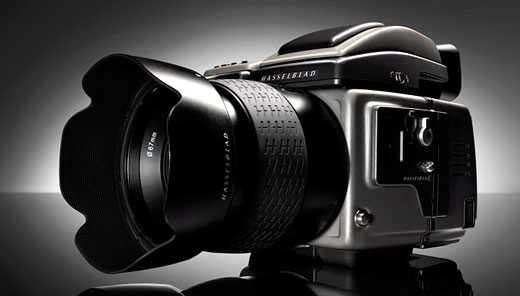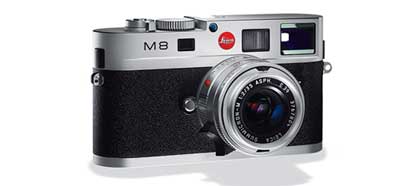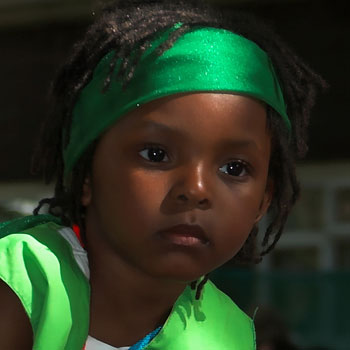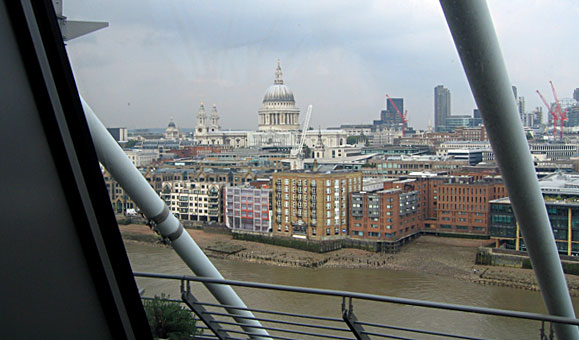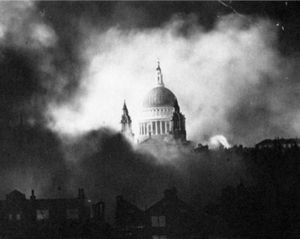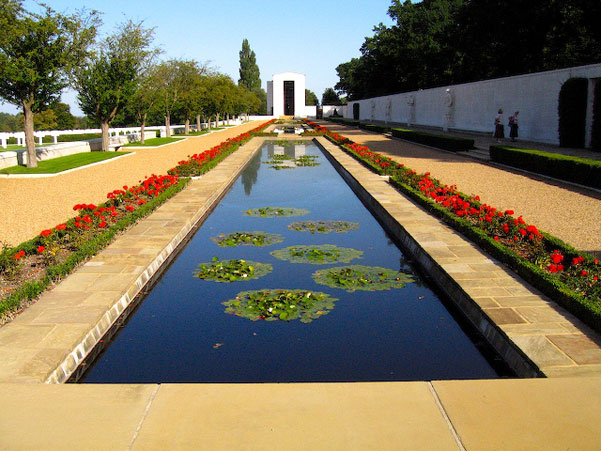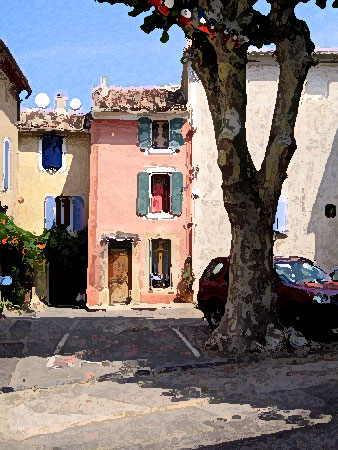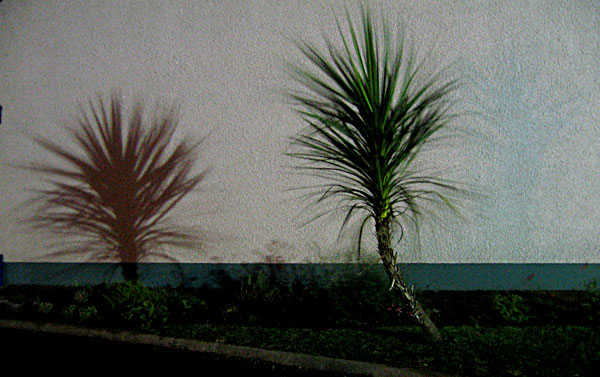Whatever next? According to Gizmodo…
Here’s a new camera from HP that’ll help you answer that age-old – but always tricky – question from your girlfriend: “Do these jeans make me look fat?” Instead of stepping onto a verbal landmine, take her picture with the 8.2MP Photosmart R927, one of several new digital cameras from HP that boasts a special “slimming feature.” Before you show her the picture, hit the slimming effect in the Design Gallery in playback, and she’ll look as much as 10 pounds thinner on the camera’s 3-inch LCD.
“It’s a pretty subtle change we’ve built into the camera,” Karl Wardrop, HP’s digital imaging product manager told the New York Post. “It’s not dramatic. It slims the center of photos and slightly widens the outside to maintain perspective. It’s like the (fun-house) mirror from the fair, but not as exaggerated.”
While there are many ways to slim (or fatten) a person’s physique in Photoshop and other image editing programs, HP is the first manufacturer to offer the effect in-camera. The R927 is available this month for $399.99. Boyfriends of the world can now breathe a sigh of relief.
En passant… I’ve been taking photographs forever — including a lot of portraits, and I’ve rarely encountered a subject who seemed to be satisfied with his/her image. My conclusion is that most people dislike how they look: and when you show them photographs of themselves they tend to shudder and look away. Odd…
Footnote… This in-camera-correction stuff looks like becoming a staple feature of point-and-shoot digital cameras. The Ricoh R4 Caplio, for example, has a ‘skew correction mode’ which automatically detects trapezoids in images and corrects the perspective so the object appears as if it had been shot ‘head on’. Useful when you’re photographing e.g. whiteboards from below.
